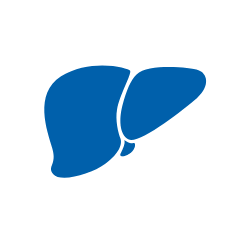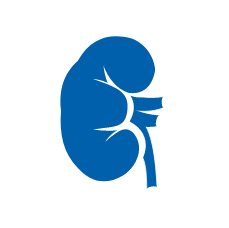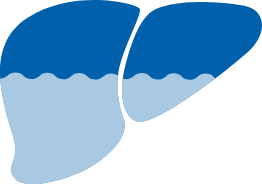What Is Alagille Syndrome?
Alagille syndrome is a rare, multisystem disease that largely affects the liver. It can also affect
other major parts of the body, including the heart, face, eyes, kidneys, and spine.
How does Alagille syndrome affect the liver?
In the liver, there is a network of tubes called bile ducts. For people with Alagille syndrome, these tubes are smaller than normal or malformed. This prevents bile from flowing out of the liver.
When bile is not able to flow out of the liver, bile acids—a part of bile—build up in the liver and the blood.
BILE ACID 101
Bile is a fluid that is created in the liver and then released into the intestines. Bile has many purposes, including:
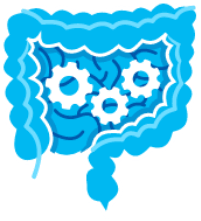
Aiding in the digestion of fats
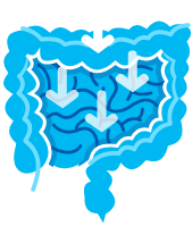
Helping with the absorption of fat and certain types of vitamins (vitamins A, D, E, and K)
What are the effects of bile acid buildup?
When bile acids build up in the liver, they spill over into the bloodstream. This can cause an increase in bile acids throughout the entire body.
These high levels of bile acids are an underlying cause of cholestatic pruritus (itch) in Alagille syndrome. The itch affects up to 88% of people with Alagille syndrome, and is considered the most burdensome symptom.
Over time, the buildup of bile acids in the liver can lead to long-term problems, including:

Cholestatic pruritus (itch) is more than just scratching
Itch is often a very challenging symptom for people with Alagille syndrome.
Beyond the scratching, the itch can affect a person’s emotional, mental, and physical well-being. Signs and symptoms related to the itch can look different during the day and/or night, vary among patients, or even change with age.
A COMMON AND CHALLENGING SYMPTOM
The itch affects up to 88% of people with Alagille syndrome. It is considered the most burdensome symptom.
The itch in Alagille syndrome is frequently first seen in infancy or early childhood. Early signs of itching may often look like hunger or tired cues, such as wiggling, rubbing of the eyes and ears, and/or irritability.



Over time, children may start to show their discomfort in different ways. They may experience various symptoms because of the itch, including active scratching, red marks and scarring, sleep troubles, and/or difficulty focusing.






Teenagers and young adults are navigating changes and emotions. Those who struggle with the itch may deal with physical discomfort, mental and emotional health effects, scarring, and/or difficulty sleeping.






CAN YOU RECOGNIZE THE SIGNS OF ITCH?
Download the Pruritus Finder

What else should you know about cholestatic pruritus (itch) in Alagille syndrome?
Symptoms start early.
Signs and symptoms of Alagille syndrome often appear in infancy or early childhood.
Only scratching the surface.
In the past, there were limited treatment options for cholestatic pruritus (itch) in Alagille syndrome. As a result, burdensome symptoms like the itch and the damage caused by bile acid buildup often led to surgery or liver transplant being used as treatment.
The talk about transplant.
In Alagille syndrome, the unmanageable itch was a reason for 49% to 82% of liver transplants.
